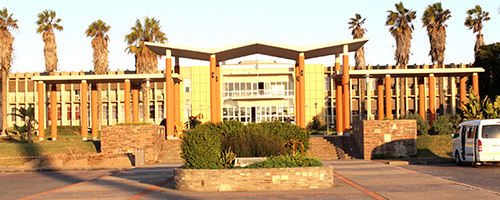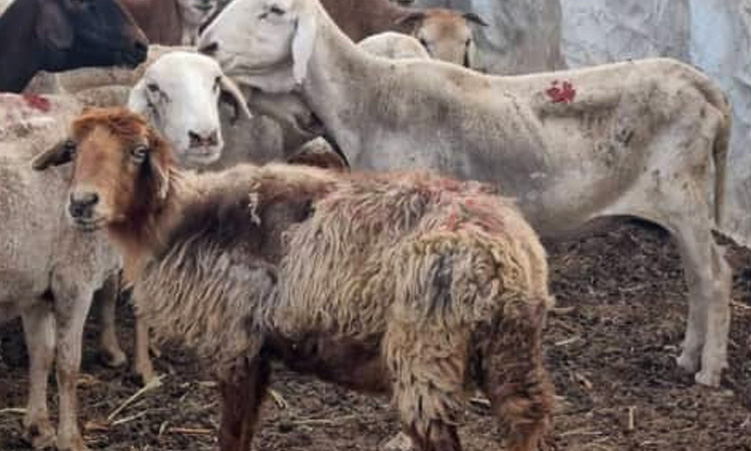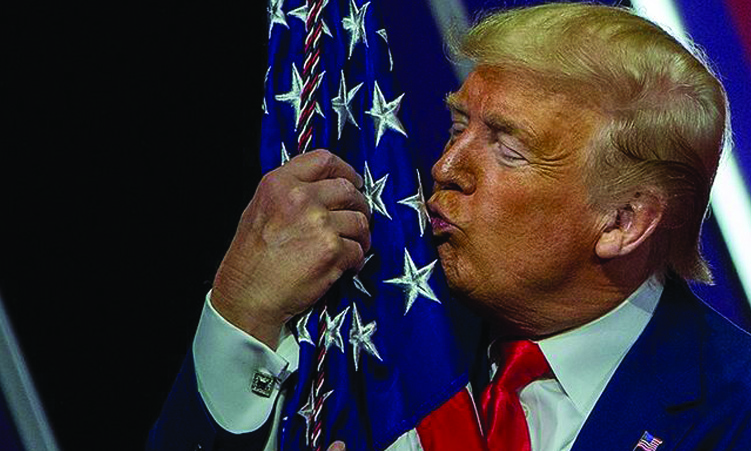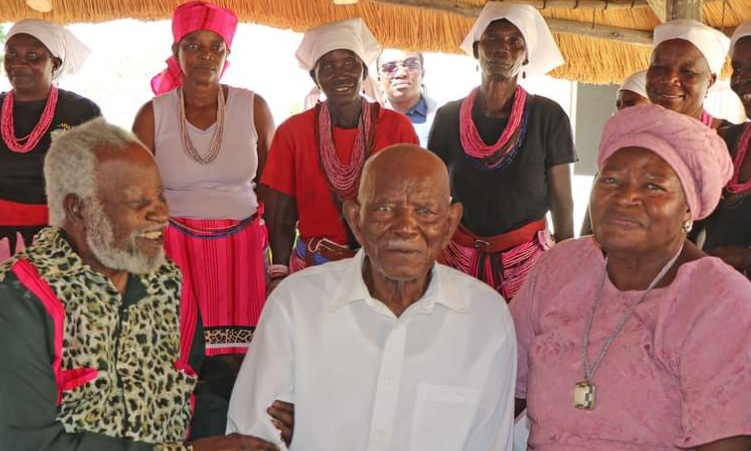MORE than half of Walvis Bay’s N$336 million capital budget will go towards land development.
During the tabling of the harbour town’s 2015/2016 budget on Tuesday, it was noted that land delivery projects run over more than one financial year and thus between 2015 and 2016 the Walvis Bay municipality will have delivered more than 1 500 erven across the suburbs, with an additional 74 industrial erven added to that. The budget makes provision for N$171 million for land development projects.
“Housing and the availability of affordable land remains a high priority of our council, and we will remain responsible as a public institution to serve our residents and optimise development,” said Walvis Bay mayor Uilika Nambahu.
According to the acting chairman of the council’s management committee, Tony Raw, who presented the budget, capital projects with a total value of N$756 million will be executed over the next three budget years of which the current capital budget is N$336 million.
The rest of the capital budget will go towards community and social projects (N$27 million), which include the building of a community centre in Narraville, a satellite fire station and municipal pay-point in Tutaleni, industrial stalls in Kuisebmond, new campsite facilities at Dolphin Park and the upgrade of various sport facilities.
Infrastructure-related projects will get N$39 million, which will mainly be spent on the resealing of streets and sidewalks, and maintenance of the civic centre.
Service delivery projects, such as upgrading of water and sewerage infrastructure and the landfill area will get N$41 million, while N$11 million will go toward the replacement and additions of municipal vehicles for services such as traffic, roads and sewer system maintenance and refuse removal.
There are several projects of below N$500 000 that add to a total allocation of N$38 million.
As for the operational budget, the expected revenue for the new financial year is estimated at about N$351,3 million while expected expenditure has been estimated at N$353,9 million, resulting in a deficit of N$2,6 million.
According to Raw, about 80% of the total estimated revenue is obtained from water tariffs, property rates and taxes, refuse removal and sewage services.
“With the fast growth of the city, large extensions in infrastructure are necessary which have to be recovered from tariffs. It becomes more difficult each year to balance the operating account,” he said.
As a result, average tariff hikes will include water supply (12%), property rates and taxes (12%), refuse removal (10%) and sewerage services (10%).
Stay informed with The Namibian – your source for credible journalism. Get in-depth reporting and opinions for
only N$85 a month. Invest in journalism, invest in democracy –
Subscribe Now!






